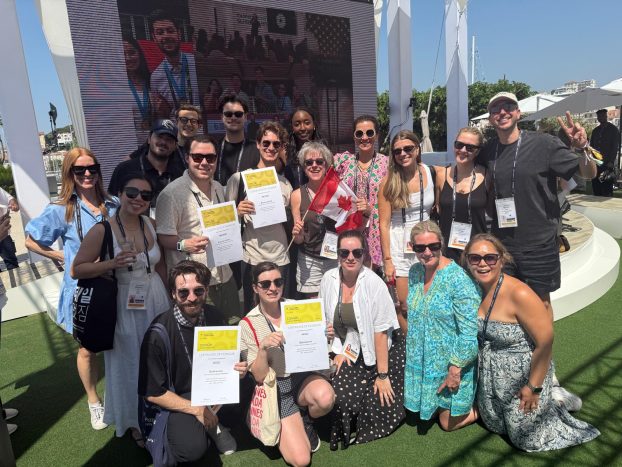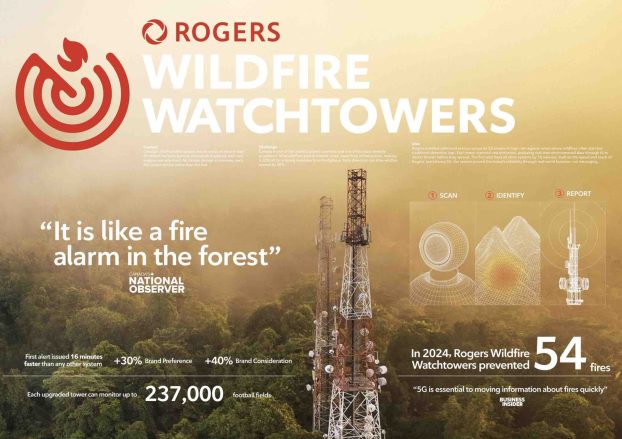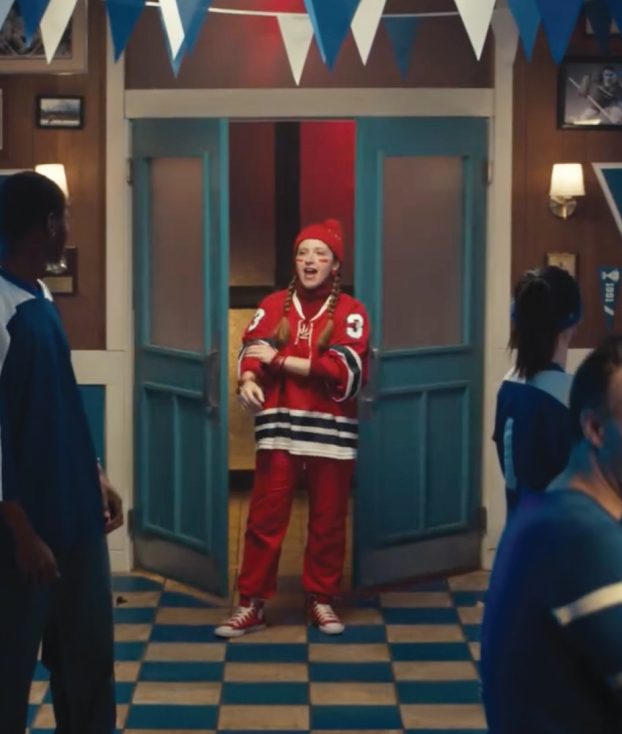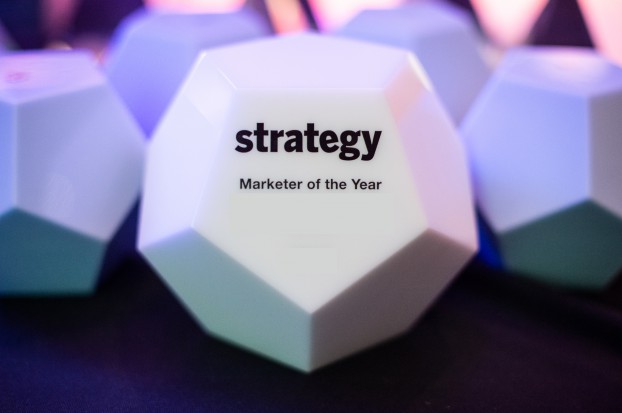Snowplow drivers, lobster fishermen, landscapers. Lots of occupations out there are directly affected by the weather on a day-to-day basis.
Marketing professionals don’t generally fall into that category – unless, of course, they happen to be responsible for campaigns and promotions designed to lure visitors to the ski hills.
Mother Nature, as a rule, doesn’t give a lot of warning. So when the snow conditions are right – or wrong – B.C. ski resort Whistler/ Blackcomb Mountains must act quickly to get the word out.
Given the fast turnaround times involved, it’s not surprising that the Intrawest-owned resort tends to rely on newspaper as its media weapon of choice.
‘There is always a good deal of budget earmarked for newspaper advertising,’ says Alvin Wasserman, president and creative director of Whistler/Blackcomb’s Vancouver-based agency, Wasserman & Partners Advertising. ‘Because the traditional strength of newspaper is very applicable in this case: the ability to react quickly to changing situations. Nothing changes more quickly than weather, snow and occupancy rates.’
The ‘Room at the Inn’ execution that ran in Vancouver dailies this past December, for example, was produced in just three days.
With holiday-season bookings falling short of expectations, the resort called on Wasserman & Partners to let consumers know there were vacancies still available, particularly for New Year’s.
The simple, uncluttered creative – a photograph of the mountain, with an old-fashioned motel vacancy sign superimposed in the foreground – got the message across clearly and effectively, Wasserman says.
‘Even if someone was scanning the paper without reading the body copy, they could easily see that there was room at the inn. That’s the perfect example of using newspaper [in a way] that wasn’t planned – we just saw what was going on, and we reacted.’
In addition to newspaper, Whistler/Blackcomb employs radio on a local basis. This medium, too, offers speedy turnarounds – but unlike print, it does not allow for the inclusion of more detailed information. And that’s a critical factor when you’re offering ski packages, Wasserman says.
The visual aspect of the medium is also important to advertisers in this category. Seductive imagery helps create a ‘wish you were here’ feeling, he explains.
‘We’re selling an experience and a way of being,’ Wasserman says. ‘The idea that you are on a mountain – not in your office or at home.’
In addition to advertising in the B.C. market, Whistler/Blackcomb uses newspaper (along with ski and snowboarding magazines) to promote its package offerings in ‘fly-in markets’ such as New York, Boston and Toronto.
The resort never runs a pure branding campaign, Wasserman says, but each advertising initiative has a strong brand component, which finds expression in the choice of imagery and the overall look of the creative.
Specific typefaces, graphic formats and positioning lines remain consistent across all Whistler/Blackcomb ads and promotional materials, Wasserman notes. That goes a long way toward helping the agency deal with the tight turnaround times imposed by the weather.
‘Since we understand the brand footprint so clearly, it’s a lot easier to do these things than it would be to start from scratch every time,’ he says. ‘You’ve got a format, a library of shots and a depth of knowledge to talk about the product. With those in place, it doesn’t take too long to actually put the ads together.’
The shortest time frame the agency ever had was 48 hours, from original phone call to shipping. It was, recalls Wasserman, just a little ‘uncomfortable.’
Also in this report:
– Launch of Post good news for advertisers: Upstart daily has jump-started the industry, prompting offers of better rates, bonus ads and new loyalty programs p.NP3
– Stop the presses: Dailies are changing: No longer acting as simple order-takers p.NP4
– Picture perfect: It’s obvious that visually driven creative works well in newspaper. So why don’t more advertisers use it? NP5
– Telcos reward readers with a laugh: MTT and Bell Mobility employ unusual formats to nab attention p.NP6
– Savingumoney.com builds awareness offline: Coupon portal uses newspapers as linchpin of media strategy p.NP7
– Cadillac takes the long view: Used frequency of newspaper creatively by telling a different story every week p.NP10
– Edmonton Journal: Time for a change: Daily goes for a facelift p.NP10
– Talvest co-brands funds with FP Index: Helped Montreal financial services provider to crack Ontario market p.NP14




























